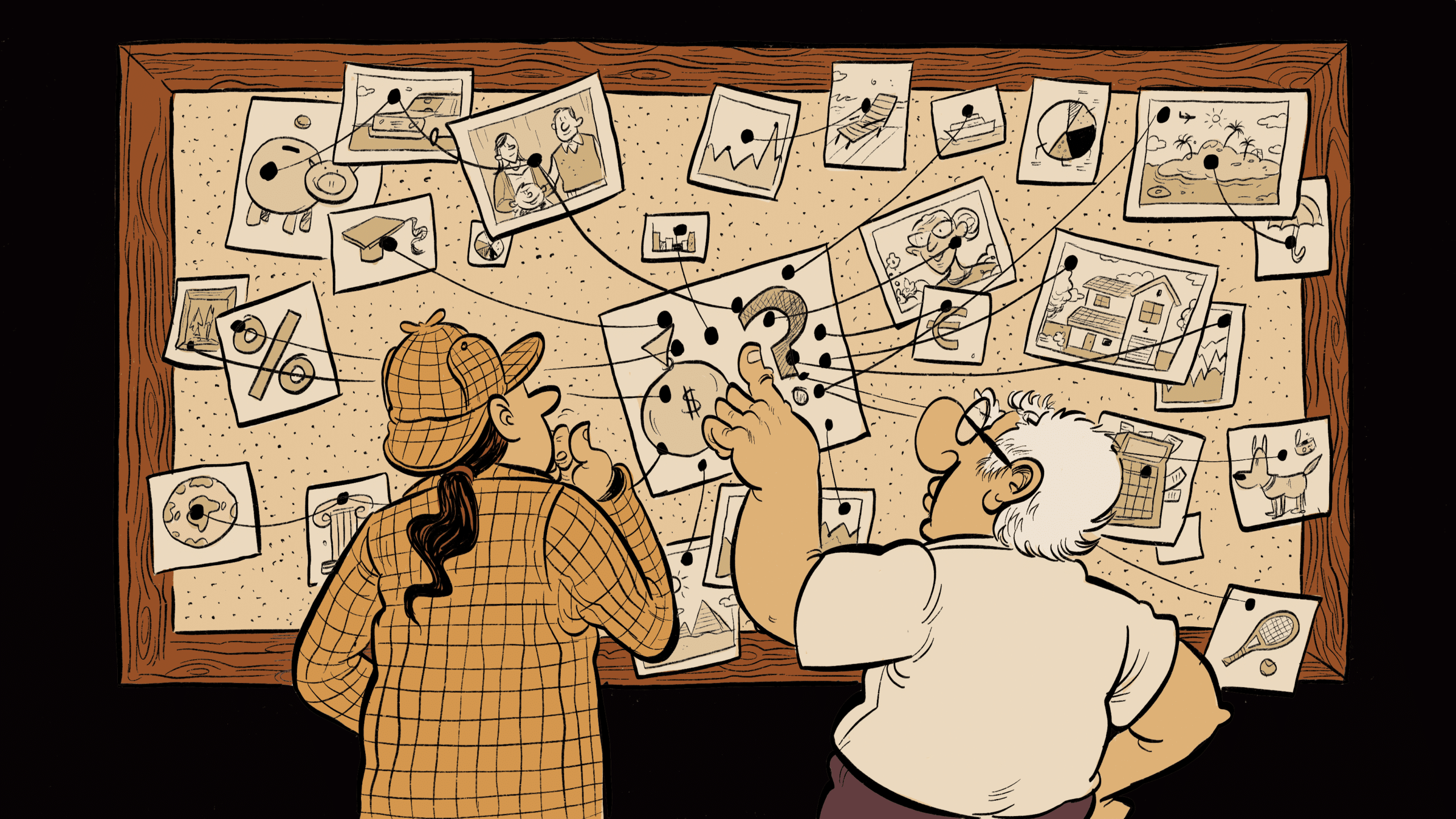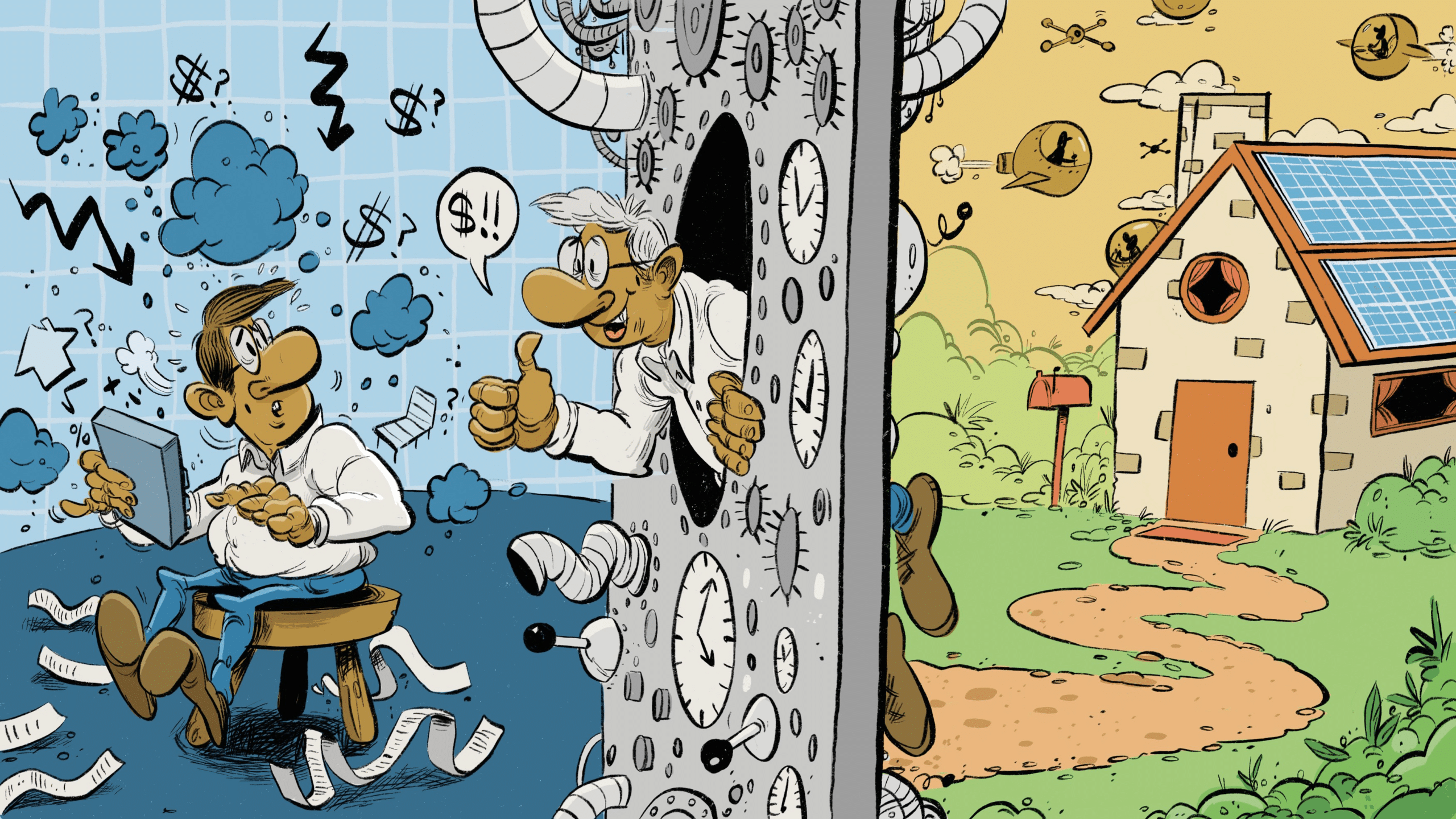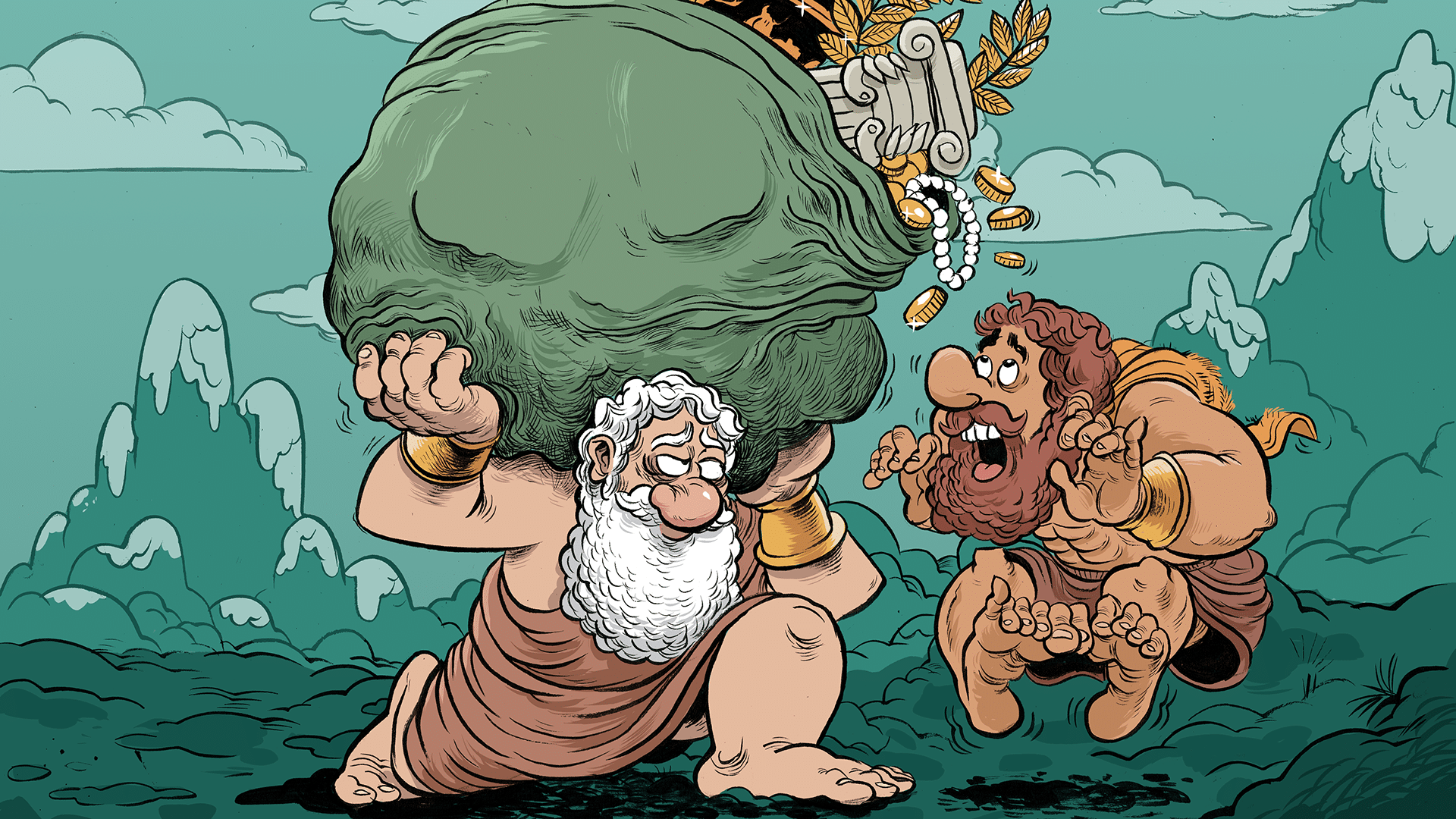
Retirement Myths: Five traditional ideas that may no longer make sense
There are lots of well-worn thoughts on retirement. Unfortunately, many of these ideas should have been retired a long time ago. Here are some up-to-date ideas on how you should approach retirement.
Retirement planning was once simple: Canadians worked until about age 65, then sat back and started collecting their company pension and drawing from their retirement savings. The Canada Pension Plan (CPP) — or Quebec Pension Plan (QPP) — and Old Age Security (OAS) benefits were also added to the mix. Combining these income sources was often enough for the average Canadian to enjoy a comfortable retirement.
Times have changed: Retirement plans and income sources are more complex and diverse today. Canadians are also living longer and many are employed well into their retirement years, either because they need extra funds or because they enjoy working. A growing number of us also run our own businesses or have side-hustles which provide alternative income.
And the economic conditions we are now facing bear little resemblance to what we thought they would be when we thought about retirement: Rising inflation and interest rates, a volatile stock market, the high cost of education and real estate all make achieving some retirement goals more challenging.
Spending in retirement is also different: Retirement income isn’t just earmarked for daily living mixed with travel and hobbies, says Natasha Kovacs, Senior Financial Planner, TD Wealth. Instead, many seniors are digging into savings to help adult children buy a first home, pay for a grandchild’s education or to save for future healthcare costs.
These financial complexities and changing times mean that you shouldn’t be burdened by outmoded ideas on how to finance your retirement. We talked to Kovacs about five traditional retirement ideas that no longer make sense and some new ways to approach them.
Myth #1: Retirement goals are just for you and your spouse.
Most traditional retirement strategies consider only a couple’s personal and financial needs, including tax plans that can help lower the household tax bill, such as pension splitting and spousal loans. While these types of strategies are still essential to a good financial plan, many retirement plans today may also include the needs of other family members and dependents.
“Given the increase in house prices and inflation, the idea of only saving for you and your spouse is no longer a reality,” says Kovacs. More Canadians aged 35 – 55 are becoming part of the “sandwich generation,” which means supporting both their children and their aging parents. For those with adult children, the costs could include helping them buy their first home or paying for advanced education. Some are also contributing toward their own parents’ retirement needs, including funding the high cost of long-term care facilities, while also setting aside money for their own care down the road.
Myth #2: You’ll want to take CPP/QPP as soon as possible.
Canadians are eligible to take their CPP or QPP at age 60, and most do, according to a recent 2020 report. 1 That’s even though waiting another five or even 10 years can substantially increase their benefits.
That’s because, if CPP/QPP starts before age 65, payments decrease at age 60 by as much as 36% of what they would otherwise get at age 65. If CPP/QPP starts after age 65, payments increase annually until age 70 up to a maximum of 42% of what they would otherwise get at age 65. For a more detailed look at the CPP/QPP equation, check out: The new rules of retirement: How our longevity is changing the game.
Unless you need CPP or QPP to help make ends meet or have health issues that may decrease your life span, Kovacs recommends against taking the government pension early. “When you look at the numbers and look at the longevity that Canadians have, it’s very rare for individuals to actually benefit from taking it early,” she says.
“CPP or QPP definitely have a role to play in retirement income. It’s a matter of when’s the right time to take it,” she says, adding that this timing is best planned out with the help of a financial advisor.
Myth #3: Downsizing your home should be part of your retirement plan.
A home is the largest asset many Canadians ever own, but the notion of downsizing to a smaller space can be complicated.
While downsizing your family home can simplify your life and potentially earn you a bit of profit on the sale, the windfall may not be as large as you want or need it to be because of the high cost of real estate everywhere. Given elevated house values, many retirees may have to rent in order to realize a more substantial benefit, says Kovacs.
Downsizing also isn’t for everyone, she adds. In particular, the pandemic made people realize they enjoy having more space to putter around, pursue hobbies or entertain friends and family. They may also need the space to lodge their aging parents or young adult children, especially if those children are having a hard time affording a home of their own. Moreover, many retirees choose to stay in their larger homes and modernize rooms and outdoor spaces to make them more enjoyable and accessible as they age, with the goal of “aging in place,” instead of going to a long-term care facility.
Finally, high housing prices means that if you have a home that is increasing in value each year, you may just be reluctant to sell if you don’t need to. Kovacs suggests Canadians who are interested in staying in their homes during retirement start planning ahead, including making any necessary changes to their homes.
Myth #4: You need $1 million to retire.
There is no hard and fast rule for how much you need to save for retirement. Ultimately, it comes down to your goals. “Fixating on a number can be extremely dangerous,” says Kovacs. Saving, say, $1 million won’t matter if your retirement lifestyle goals would take $2 million in savings to support, she explains. Similarly, she cautions her clients against saving more than they need, which can create a cashflow problem in their lives today.
Working toward a specific number doesn’t define your goals, she says. “We need to really focus on the definition of what you want for today and your future, so that we can ensure that that right number is customized for you.”
Having a written plan, working with a financial planner or advisor and updating your strategy regularly can help you ease your fears. With the rising cost of living and ongoing market volatility, many Canadians nearing retirement age are worried about a shortfall in their savings. But Kovacs thinks many of these fears just need a sounding board. “The vast majority of clients just need answers to their questions about retirement,” she says.
Myth #5: Retirees should keep most of their money in “safe” fixed-income investments.
Traditional retirement plans see retirees increasing the portion of fixed-income investments, such as bonds, guaranteed investment certificates (GICs) and cash as they age. However, just having highly conservative investments, while lowering market risk, may not bring the returns needed for the assets to compound over the years of retirement. With Canadians living healthier and longer lives, their portfolio strategies have to be personalized to fit their situation.
Moreover, just holding so-called “safe” investments on their own may not be the best idea in a high-inflation environment, and it may leave people wondering which way to turn.
Kovacs says that whenever there is uncertainty, people try to regain that sense of control, including by making changes to their investments, goals and plans. However, she says this kind of short-term thinking can be a mistake.
She adds that the best retirement plans focus on each investor’s specific needs, goals and risk tolerance. “We need to be so individual in our plan,” she says.
Like any home-spun wisdom, “olde tyme” retirement concepts may not stand up to reality. It’s important to re-assess your retirement plan on a regular basis to make sure it still fits your goals and is on track to help you enjoy life after work.
“Remember that one person’s vision of a happy retirement — and how to get there — is a lot different from another’s,” Kovacs says. “Having an individualized plan that works for you can be the best way to reach that goal.” A financial planner can help you tailor your plan to your needs.
MARK BROWN
MONEYTALK
ILLUSTRATION
INNA GERTSBERG
- Bonnie-Jeanne MacDonald, Get the Most from the Canada & Quebec Pension Plans by Delaying Benefits, National Institute on Aging, December 2020, accessed Mar. 9, 2023, static1.squarespace.com/static/5c2fa7b03917eed9b5a436d8/t/5fd901672b19020cce7e484f/1608057191718/FINAL%2B-%2BNIA_Get%2Bthe%2BMost%2Bfrom%2Bthe%2BCanada%2B%26%2BQuebec%2BPension%2BPlans%2Bby%2BDelaying%2BBenefits.pdf ↩















